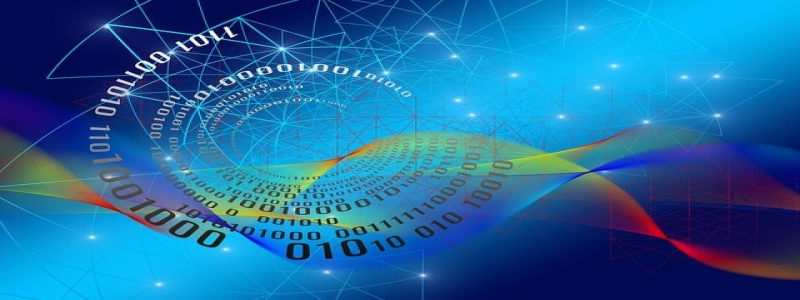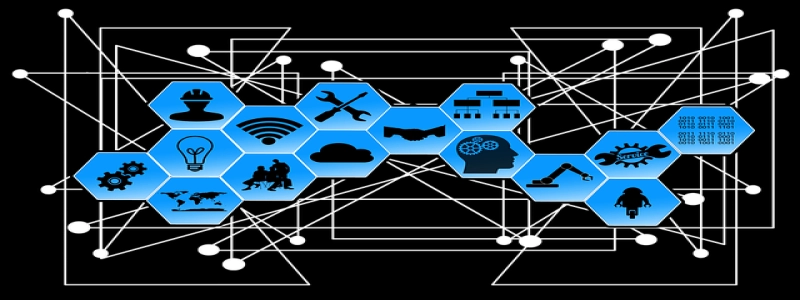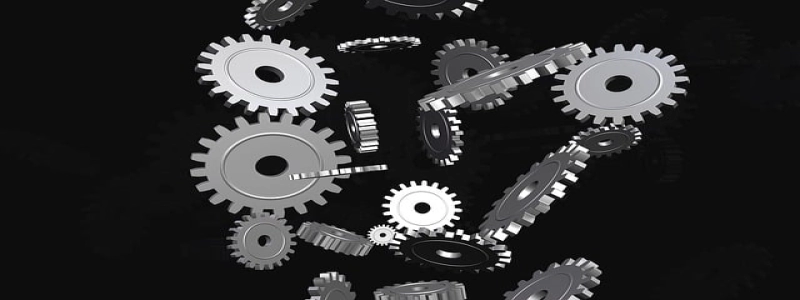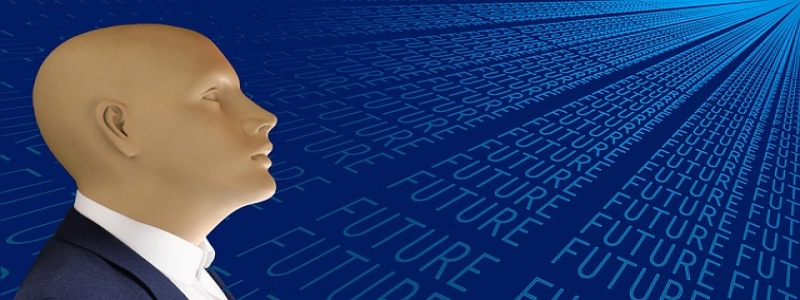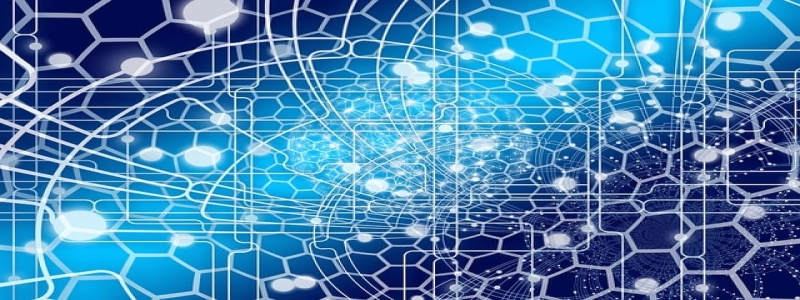Diode Laser System
Introduction:
The diode laser system is an innovative technology that has gained popularity in various fields such as medicine, industry, and telecommunications. This article aims to provide a detailed explanation of the diode laser system, highlighting its architecture, working mechanism, and applications.
1. Architecture of the Diode Laser System:
The diode laser system primarily consists of three major components: the diode laser itself, the power source, and the control unit. The diode laser is the core component that emits coherent light, while the power source supplies electrical energy to drive the laser. The control unit regulates the system’s parameters such as wavelength, power output, and pulse duration.
1.1 Diode Laser:
The diode laser is typically composed of a semiconductor material, such as gallium arsenide or indium phosphide. It operates based on the principle of stimulated emission. When an electric current is applied, electrons in the material transition from a higher energy level to a lower energy level, releasing photons. These photons are then reflected between the laser diode’s two mirrors, creating a coherent beam of light.
1.2 Power Source:
The power source of a diode laser system is usually an electrical power supply that converts alternating current (AC) into direct current (DC). It provides the necessary energy for the laser diode to function and determines the power output of the system.
1.3 Control Unit:
The control unit acts as the brain of the diode laser system. It allows users to adjust various parameters of the laser, such as wavelength and power output, to suit different applications. Additionally, it can incorporate safety features to protect the system and users from potential hazards.
2. Working Mechanism of the Diode Laser System:
The diode laser system operates by passing electrical current through the diode laser, which stimulates the emission of photons. These photons then pass through a series of lenses and optical components, such as filters or mirrors, to shape and refine the beam properties. Finally, the laser beam is emitted from the system’s output aperture.
3. Applications of the Diode Laser System:
The diode laser system finds extensive applications across various fields:
3.1 Medicine:
In medicine, the diode laser system is widely used for various therapeutic and cosmetic procedures. It is employed in dermatology for hair removal, tattoo removal, and skin rejuvenation. Additionally, it plays a vital role in dental procedures such as teeth whitening, gum treatment, and root canal sterilization.
3.2 Industry:
The diode laser system is utilized in industrial applications for cutting, welding, and engraving materials such as metals, plastics, and ceramics. Its high precision and efficiency make it ideal for manufacturing industries.
3.3 Telecommunications:
In the telecommunications sector, the diode laser system is extensively used for fiber optic communications. It operates as a light source to transmit data through optical fibers, enabling high-speed and long-distance communication networks.
Conclusion:
The diode laser system is an advanced technology that has revolutionized various fields with its versatility, precision, and efficiency. Its architecture, working mechanism, and diverse applications have made it a crucial component in medical, industrial, and telecommunications sectors. As the technology continues to evolve, the diode laser system is expected to find even more innovative applications in the future.
